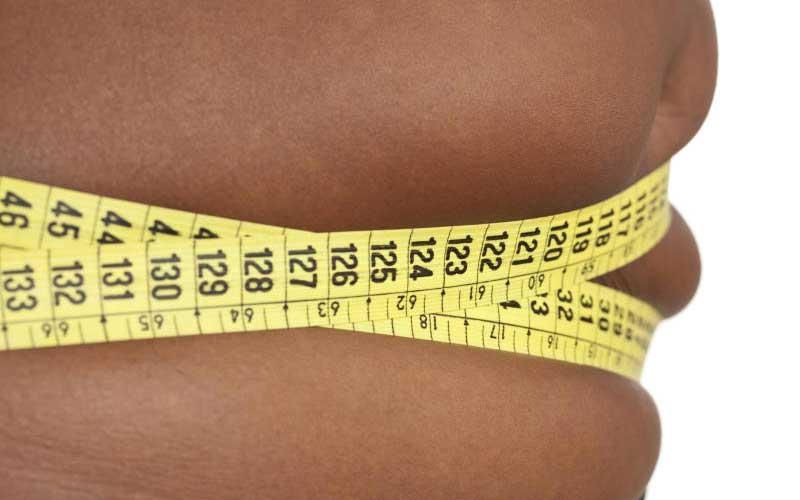 It is a tradition, among coastal women, to wear tummy slimming belts to shrink the belly after giving birth. Atubukha Muzna from Kilifi County embraced the tradition after the birth of her second born who is now four-months-old.
It is a tradition, among coastal women, to wear tummy slimming belts to shrink the belly after giving birth. Atubukha Muzna from Kilifi County embraced the tradition after the birth of her second born who is now four-months-old.
However, after a while, she noticed a protrusion slightly above her navel. She had never seen anyone with such a swelling and this got her worried.
Muzna, like many mothers, had an enjoyable experience during pregnancy. Other than morning sickness, enhanced sense of smell and nausea, many women have smooth pregnancies. The joy of nurturing a new being inside them and the healthy glow more than make up for the little hiccups.
Once the baby arrives, the mother looks forward to the milestones that will mark stages of growth. However, for some women, like Muna, an unwelcome bump may develop soon after delivery, making the whole motherhood journey quite uncomfortable.
Postpartum hernia
A postpartum hernia can be described as a bulge under the skin, usually due to increased pressure on the abdominal wall because of pregnancy. According to Dr Marc Zare, the stretching abdominal muscles may weaken some areas allowing part of the bowel to push through and create a visible bump under the skin.
Basically, a part of an organ bulges out through the muscle that holds it in place. Research estimates that postpartum hernias happen in slightly over two in every 1,000 women.
Managing postpartum hernia
After seeking medical attention, Muzna was asked to have an ultrasound done and the doctor recommended a “wait-and-watch” approach. She was even advised to put on the slimming belt since the hernia has reducible potential — the contents of the hernia can be pushed back to the original position — and is not causing her pain at the moment.
“Sometimes, I do not even feel it. I normally feel it when I haven’t worn my slimming belt for some days or when I do heavy housework duties,” says Muzna. This is so because hernias may not necessarily present a life-threatening illness and may even persist for a long time without causing considerable pain.
Some people may never know of their existence in their bodies until they show up for a medical exam for an unrelated health issue.
It can be serious too
A postpartum hernia can cause a medical emergency when the area is deprived of blood supply and causes symptoms such as vomiting, pain, fever, blood in stool and constipation. Surgery is the only effective fixer for hernia. A study done at the Nyeri County Referral Hospital found that hernia surgery accounted for 5.9 per cent of all surgeries, excluding obstetrics, done at that the hospital.
It is advisable that a woman with a pre-existing hernia seeks medical attention especially when planning for future pregnancy. Additionally, surgeons from the Kenya Laparoscopic Surgery Services, KLASS, advocate for the use of laparoscopy as a minimally invasive option that minimises the risks associated with open surgery.
Treatment by laparoscopy or open surgery depends on preferences, surgeon’s experience, age, BMI, hernia size, comorbidities and the history of surgeries. Some patients may experience urine retention and infection. Most patients recover quite quickly after surgical hernia repair. Patients are advised to conduct only light exercises to prevent strain on the repaired area.
Hernias during pregnancy
Though they are quite uncommon, hernias during pregnancy present a challenge in appropriate timing for treatment. Repair of asymptomatic hernias can be postponed until after delivery.
Nevertheless, symptomatic hernias are best treated in the second trimester. Laparoscopy may be the preferred option for pregnant women as it is associated with less post-operative pain and less recovery time.
Credit: Source link